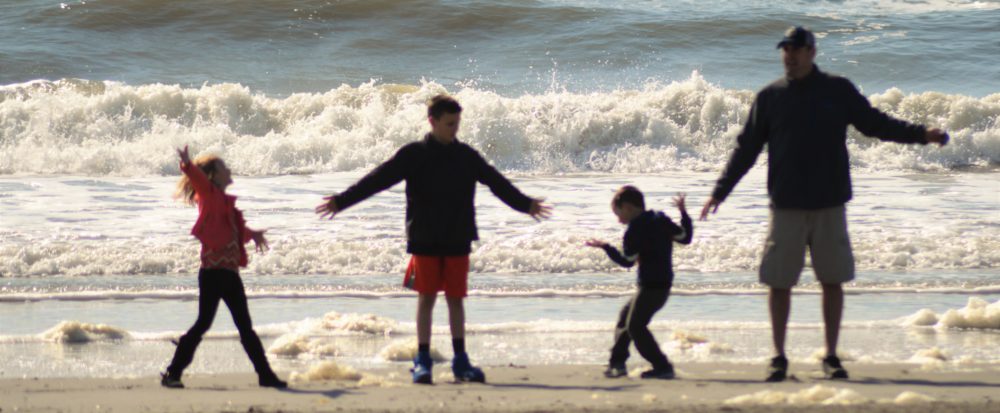“Declan, STOP!” I say and sign as I walk towards him.
With one foot on the kitchen drawer, the other foot lifts and plants on top of our kitchen stove. He deftly pulls himself up and turns around to face me.
Declan shakes his head back and forth and signs, “NO.”
He turns around and reaches for the cupboard above the stove and opens it.
I come to his side and lift him off the stove and place him on the ground.
“Declan, it’s not safe for you to climb up there. STOP!” I say and sign again.
Declan starts to cry and shake his head. He screams, signs back, “NO!” and begins his trek up the cupboards again.
This is when I stop, take a second and realize – WE ARE HAVING A CONVERSATION! He is COMMUNICATING with me!!
I pick him up and give him a big hug. I jostle him around as he tries to get away and point to the cupboard with the sweet treat inside.
“Is this the one you want?” I ask, holding up a box and continue until I get it right.
We had just communicated with each other!
This took place about four and a half years ago. Declan lost his language and we were trying so many different ways to bridge the communication gap between us.
Declan only ever signed, “NO,” and “MORE” but he responded to “YES,” “STOP,” “PLAY” and “EAT.”
Having that handful of words was enormous for us.
Declan also did great with a visual schedule and was aware of his Pictures Exchange Communications System (PECS) cards to request something. I talked about these devices in my post found here.
There are a lot of other communication devices for children with autism as well. Autism Parenting Magazine provided me this infographic about the subject. If you click on the infographic you will be taken to their blog to learn more about these devices to help bridge the communication gap! Check it out!



Kyson caufht on to signing for a month, but visual boards is his thing. It works great for him at school. Works great at home when we want him to remember time, like bedtime.
That’s great! Glad the visual boards work so well for him!
These devices also help with learning a new skill, because some children with autism are more visual learners. It helped with my son to follow his routine in brushing his teeth and also it help him when he was younger in transitioning task.